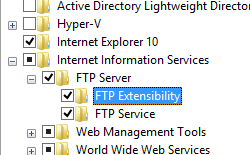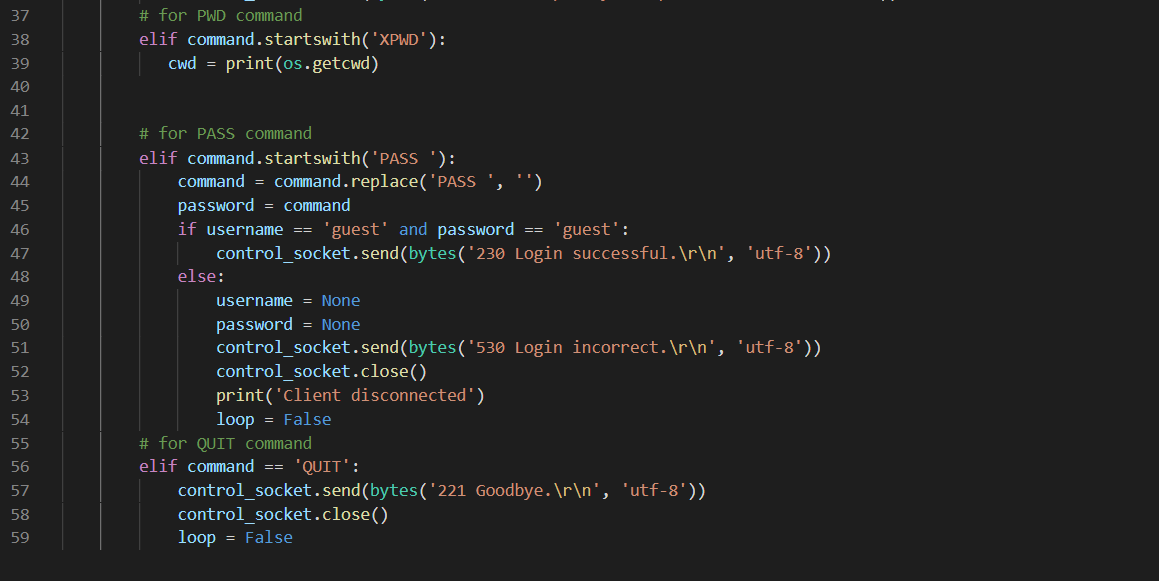
It is easy to modify the content on a website using htaccess. It can be used to create custom error pages or to block access to files or directories. It is also a great tool for keeping your site secure.
How to Create an Htaccess Datei
The.htaccess format is used as a configuration by Apache (the Linux software which runs most webservers). It's a text file located in the public_html folder. You can edit it online or offline. It can be edited with cPanel (or other FTP programs).
How to Locate the.htaccess File
The htaccess system file is normally hidden by default. By logging into cPanel you can access the file manager. You will need to navigate to the root of your domain or the root folder of your WordPress installation.
You can also access this file by clicking on the "+ File" menu item in your file manager. The "+ File" menu item will also appear in your file manager.

Adding Usernames Passwords
One of the first things you should do before creating an htaccess file is to create a list of usernames and passwords for your users. It will be easier to add users and remove them.
You can add users by adding a user name and password to an htaccess. You can then upload the file in the desired location on your web server.
Alternatively, you can use a third-party service like KxS to create the htaccess file and encrypt it. It's best to use a password that is strong and enter no more than one pair of username/password on a line.
When you upload the htaccess to your server, make sure that it is in ASCII mode (text). The binary format will prevent the web browser from processing it.
Check the file for errors before editing. You should check for extra characters and spaces.

Check Spelling Directives
The Check Spelling directive will correct typos in your htaccess and help navigate you to the right document if someone misspells the URL. You should spell-check the whole file before you make changes.
If you don't already have a file called htaccess, you can easily create one using Notepad. After you create the file, upload it using an FTP program to your server. The file contains important information, so an incorrect character will cause your website to crash. You can always revert to the previous version of the file with the cPanel undo feature.
FAQ
How much does it cost to build a website?
The answer to that question depends on the purpose of your website. For instance, if you just want to post information about yourself or your business, you might be able to get away with free services such as Google Sites.
However, if visitors are serious about coming to your site, they will be willing to pay more.
A Content Management System (like WordPress), is the most popular option. These programs enable you to create a website in no time. These sites are hosted by third-party companies so you don't have to worry about being hacked.
Squarespace offers a great way to build your website. The plans range from $5 per month up to $100 per month depending on what content you want to put on your site.
WordPress is it a CMS?
Yes. It is a Content Management System (CMS). CMS is a way to manage your website content without having to use an application such Dreamweaver/Frontpage.
WordPress's best feature is its free pricing! Hosting, which is usually provided by your ISP, is free.
WordPress was initially designed as a blogging platform but now offers many different options, including eCommerce sites, forums, membership websites, portfolios, etc.
WordPress is very easy to set up and install. Download the file from their website, and then upload it to your server. You can then visit your domain name using your web browser to log in to your new website.
After installing WordPress you will need to create a username/password. Once you log in you'll be able access all your settings via a dashboard.
You can now add pages, posts and images to your site. You may skip this step if you feel comfortable editing and creating content.
However, if you prefer to work with someone else, you can hire a professional web designer to handle the whole process.
What is Website Design Software?
Software for designing websites is used by photographers, illustrators and writers.
There are two main types: cloud-based or desktop software. Desktop apps are installed locally on your computer and require you to install additional software on your computer. Cloud-based software is hosted remotely over the internet. It does not require you to install additional software, which makes them great for mobile users.
Desktop Applications
While desktop applications offer more advanced features than those in cloud-based solutions, they aren't always necessary. Some people prefer to work only from a desktop application because it is more convenient. Others prefer the same tool, no matter if they are using it on a mobile device or a laptop.
Cloud-Based Solutions
Web designers who wish to save time or money should consider a cloud-based option. These services let you edit any type or document anywhere you have an internet connection. This means you can use your tablet to do some work while you wait for your cup of coffee to brew.
If you decide to use a cloud service, you will still need a license. However, additional licenses are not required to upgrade to a newer version.
These programs can be used to create web pages, if you have Photoshop, InDesign or Illustrator.
Web development: Is it hard?
Web Development can be challenging, but there are many resources online to help you learn.
The only thing you need is to search for the right tools and follow their steps step by step.
YouTube and other platforms provide many tutorials. You can also access free online software like Sublime Text, Notepad++, and others.
Books are also available in libraries and bookstores. These are some of the most well-known:
O'Reilly Media's "HeadFirst HTML & CSS"
O'Reilly Media presents "Head First PHP and MySQL 5th Edition"
Packt Publishing - "PHP programming for absolute beginners"
I hope this article helped you.
Statistics
- At this point, it's important to note that just because a web trend is current, it doesn't mean it's necessarily right for you.48% of people cite design as the most important factor of a website, (websitebuilderexpert.com)
- Is your web design optimized for mobile? Over 50% of internet users browse websites using a mobile device. (wix.com)
- Studies show that 77% of satisfied customers will recommend your business or service to a friend after having a positive experience. (wix.com)
- Did you know videos can boost organic search traffic to your website by 157%? (wix.com)
- It enables you to sell your music directly on your website and keep 100% of the profits. (wix.com)
External Links
How To
How can you tell which CMS is better?
In general, there are two types of Content Management System (CMS) Web Designers use Static HTML and Dynamic CMS. WordPress is the most used CMS. Joomla is a good choice if your site needs to look professional. A powerful open-source CMS allows you to implement any website design without coding knowledge. It's easy to install and configure. Joomla has thousands of pre-made templates and extensions that can be used to create your website. Joomla is also free to download and install. There are many benefits of choosing Joomla for your project.
Joomla is a powerful tool that allows you to manage every aspect of your website easily. It features a drag & dropped editor, multiple template support as well as image manager, blog management, blog management, news feed and eCommerce. Joomla is a great choice for anyone looking to create a website quickly and without having to learn how to code.
Joomla works on almost all devices. Joomla makes it easy to create websites for different platforms.
There are many reasons people choose Joomla over WordPress. There are many reasons why Joomla is preferred over WordPress.
-
Joomla is Open Source Software
-
Easy to Install and Configure
-
Thousands of Ready-Made Templates and Extensions
-
It's free to download and use
-
All Devices Are Supported
-
Amazing Features
-
Solid Support Community
-
Very Secure
-
Flexible
-
Highly customizable
-
Multi-Lingual
-
SEO friendly
-
Responsive
-
Social Media Integration
-
Mobile Optimized